Ferrets are intelligent, curious, and naturally playful creatures that require substantial mental and physical stimulation to maintain their wellbeing. As highly active and social animals, they can quickly develop behavioral problems when left unstimulated or alone for extended periods. Much like humans, ferrets experience stress and boredom that can manifest in destructive behaviors, health issues, and a diminished quality of life. Creating an enriching environment for your ferret companion isn’t just about being a good pet owner—it’s essential for their psychological and physical health. This comprehensive guide will explore various strategies and techniques to keep your ferret engaged, content, and thriving in your home environment.
Understanding Ferret Psychology and Behavior
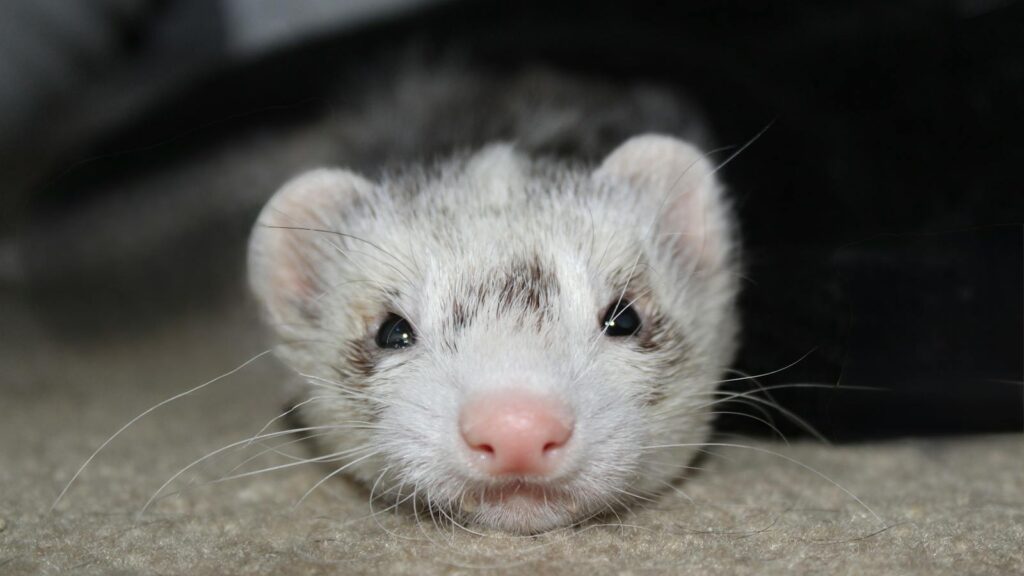
Ferrets have evolved as hunters with naturally curious and exploratory instincts that drive their daily behavior. In the wild, ferrets would spend hours investigating their environment, hunting prey, and interacting with other members of their group. These natural behaviors don’t simply disappear in domestication; instead, they require appropriate outlets in a home setting. When ferrets lack proper stimulation, they often develop stereotypical behaviors such as pacing, excessive digging, or obsessive grooming. Understanding that your ferret needs mental challenges, physical exercise, and social interaction is the foundation of preventing boredom and stress. By recognizing their natural inclinations, you can better design an environment and routine that satisfies their inherent needs.
Creating an Engaging Habitat

Your ferret’s cage should serve as more than just a place to sleep and eat—it should be a stimulating home base. Multiple levels connected by ramps provide vertical space for climbing and exploring, which mimics their natural tendency to investigate burrows and tunnels. Include various sleeping options such as hammocks, sleep sacks, and cozy hideaways that your ferret can choose from depending on their mood and temperature preferences. Rotate toys within the cage regularly to maintain novelty and interest, ensuring that your ferret always has something new to investigate. The cage should be spacious enough to allow for movement and play, with the National Ferret Federation recommending a minimum of 6 cubic feet per ferret, though larger is always better for these active creatures.
Establishing a Consistent Play Schedule

Ferrets thrive on routine and require at least 4-6 hours of out-of-cage time daily, divided into multiple play sessions. Consistency in these play periods helps reduce anxiety by creating predictable patterns your ferret can anticipate. Morning and evening play sessions often align well with ferrets’ crepuscular nature, as they’re naturally more active during dawn and dusk. During these designated play times, actively engage with your ferret through games, supervised exploration, and physical interaction rather than merely letting them roam unsupervised. Keep track of your ferret’s play schedule and behavior patterns to ensure they’re receiving adequate stimulation throughout the week, adjusting as needed based on their energy levels and engagement.
Selecting Appropriate Toys and Enrichment Items

The right toys can make a tremendous difference in preventing boredom for your ferret companion. Ferrets particularly enjoy tunnels, which satisfy their natural instinct to explore confined spaces and can be purchased commercially or created from dryer hoses or PVC pipes. Puzzle toys that require problem-solving to retrieve treats challenge their intelligent minds and provide mental stimulation. Toys that make noise, such as crinkle tubes or small balls with bells inside, appeal to their hunting instincts and sensory curiosity. Avoid toys with small parts that could be chewed off and swallowed, latex or rubber items they might ingest, and items with loose strings or fabrics that could cause intestinal blockages. Rotate toys weekly to maintain novelty, as ferrets can quickly lose interest in familiar objects.
Designing Safe Exploration Areas

Ferrets need designated spaces where they can safely investigate and play without constant supervision. Create “ferret-proofed” areas by blocking small gaps where they might escape or become stuck, securing loose wires they might chew, and removing household toxins and small objects they could swallow. Include various terrain types in these exploration zones—different flooring textures, levels to climb, and obstacles to navigate around—to challenge your ferret’s agility and problem-solving abilities. Cardboard boxes with entrance and exit holes connected by tunnels create an inexpensive but engaging playground that satisfies their love of mazes and hiding spots. Remember that these exploration areas should be regularly reconfigured to maintain novelty and prevent your ferret from becoming bored with familiar layouts.
Incorporating Training Sessions

Many ferret owners underestimate their pets’ capacity for learning commands and tricks, missing an excellent opportunity for mental stimulation. Short, positive training sessions of 5-10 minutes can teach ferrets to come when called, walk on a harness, navigate obstacle courses, or perform simple tricks like rolling over or standing on hind legs. Always use positive reinforcement techniques, rewarding desired behaviors with treats, praise, or play rather than punishing undesired ones. Training not only exercises their mind but also strengthens the bond between you and your pet while providing structure to their daily routine. Start with basic commands before progressing to more complex behaviors, ensuring training remains an enjoyable experience rather than a frustrating one.
The Importance of Social Interaction
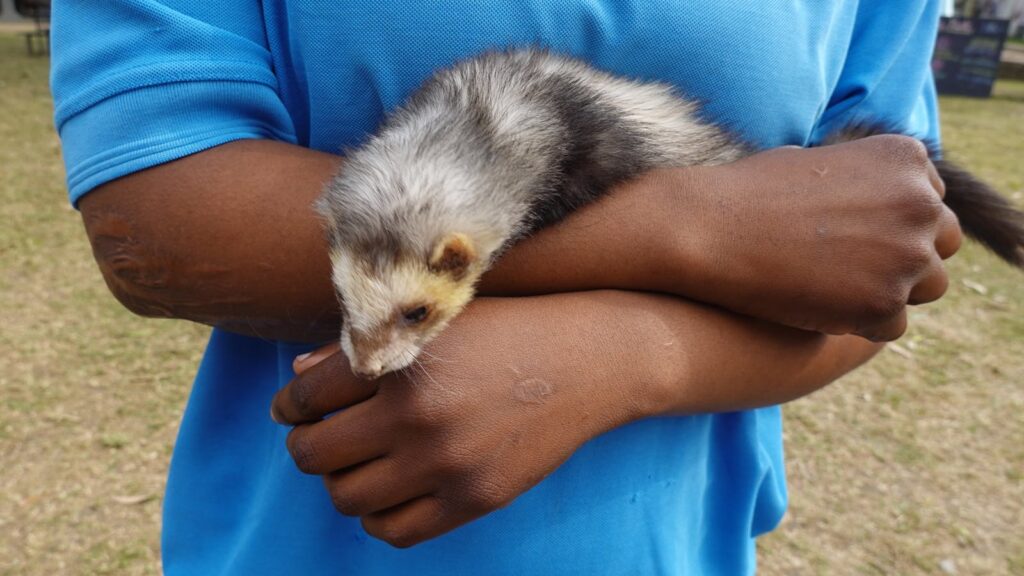
Ferrets are highly social animals that naturally live in groups called “businesses” in the wild, making companionship crucial for their emotional wellbeing. If possible, keeping at least two ferrets together provides constant social interaction, play opportunities, and emotional comfort when humans aren’t available. For single ferrets, increased human interaction becomes even more essential, with daily handling, play, and communication helping to fulfill their social needs. When introducing new ferrets to each other, do so gradually in neutral territory, supervising all interactions until you’re confident they’ve bonded safely. Social enrichment should extend beyond physical play to include verbal interaction, as ferrets often respond positively to human voices and can learn to recognize their names and certain phrases.
Developing Interactive Games

Creating games that appeal to ferrets’ natural instincts provides excellent mental and physical exercise. “Chase and pounce” games with feather toys or small stuffed objects mimic hunting behaviors, satisfying their predatory instincts in a healthy way. Hide-and-seek with treats or favorite toys encourages problem-solving and engages their keen sense of smell as they track down hidden treasures. Water play in shallow dishes or small kiddie pools (with supervision) appeals to many ferrets who enjoy splashing and playing in water, though not all ferrets share this affinity. Rotation between different games prevents predictability and maintains your ferret’s interest, with the added benefit of strengthening your bond through shared play experiences.
Providing Environmental Enrichment

Beyond toys and games, environmental enrichment involves creating a stimulating living space that engages all your ferret’s senses. Introduce new scents occasionally by rotating bedding materials or adding safe scented objects to their environment, as ferrets have highly developed olfactory systems that crave stimulation. Sound enrichment might include playing nature sounds or specially designed music for small pets at low volumes during certain times of day. Visual enrichment can involve placing their cage near a window with bird feeders outside (ensuring the cage doesn’t get too hot from direct sunlight) or installing battery-operated moving toys that catch their attention. Even tactile enrichment through different substrates for digging—like rice boxes, sand boxes (using children’s play sand), or shredded paper bins—provides sensory experiences that mimic natural behaviors.
Nutrition and Foraging Opportunities
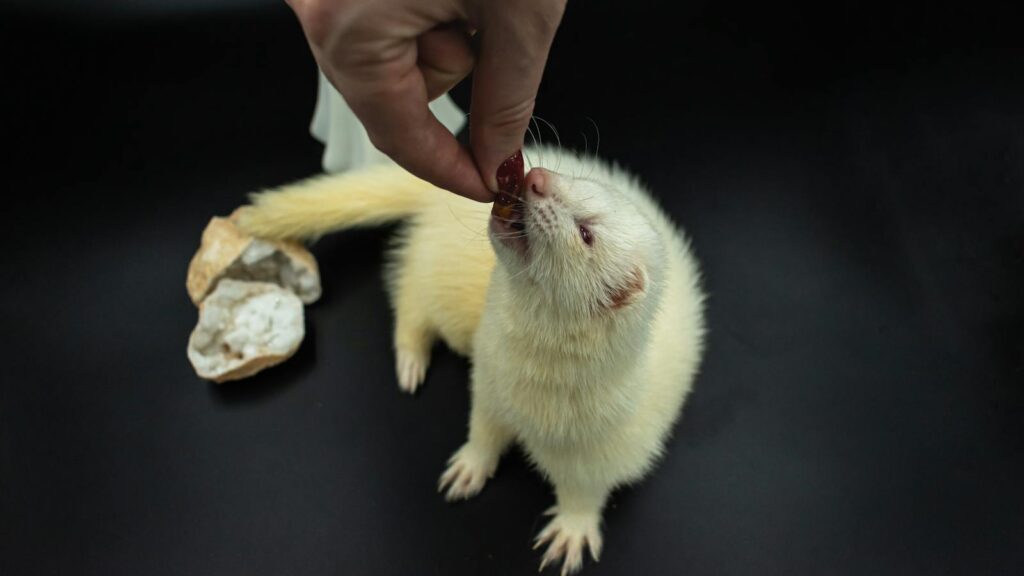
Turning mealtime into an enrichment activity engages your ferret’s natural foraging instincts while providing mental stimulation. Instead of simply placing food in a bowl, occasionally scatter appropriate treats around their play area or hide them in puzzle toys to encourage hunting and problem-solving behaviors. Commercial puzzle feeders designed for ferrets or small animals require manipulation to release food, creating a rewarding challenge that stimulates their brain while satisfying hunger. Ensure that these foraging activities supplement a proper diet rather than replace regular meals, maintaining nutritional balance while adding enrichment. Remember that novelty is important—regularly change the location of hidden treats and rotate between different feeding puzzles to prevent your ferret from losing interest in the challenge.
Recognizing Signs of Stress and Boredom

Being able to identify when your ferret is experiencing stress or boredom allows for prompt intervention before problems escalate. Excessive scratching at cage doors, repetitive digging in corners, or pacing along the same path repeatedly often indicates boredom and frustration with limited stimulation. Stress might manifest as unusual aggression, excessive sleeping beyond their typical 14-18 hours daily, loss of appetite, or destructive behaviors like inappropriate chewing or scratching. Physical symptoms can include hair loss not associated with seasonal shedding, weight loss, or digestive issues that may warrant veterinary attention. Pay particular attention to changes in behavior following modifications to their environment or routine, as ferrets can be sensitive to disruptions in their established patterns.
Addressing Seasonal Changes and Adjustments

Ferrets experience natural seasonal variations in behavior and energy levels that require adjustments to their enrichment program. During winter months, many ferrets become less active and may require additional motivation to engage in play, such as introducing new toys or creating indoor activities that compensate for reduced outdoor time. Summer months may necessitate water-based enrichment or frozen treats to help them stay cool while remaining active, as overheating is a serious concern for ferrets. Molting seasons typically occur in spring and fall, during which additional grooming sessions not only help manage shedding but also provide tactile stimulation and bonding opportunities. Recognize that these seasonal shifts are natural adaptations rather than concerning behavioral changes, adjusting your expectations and enrichment strategies accordingly.
Building a Community and Support System
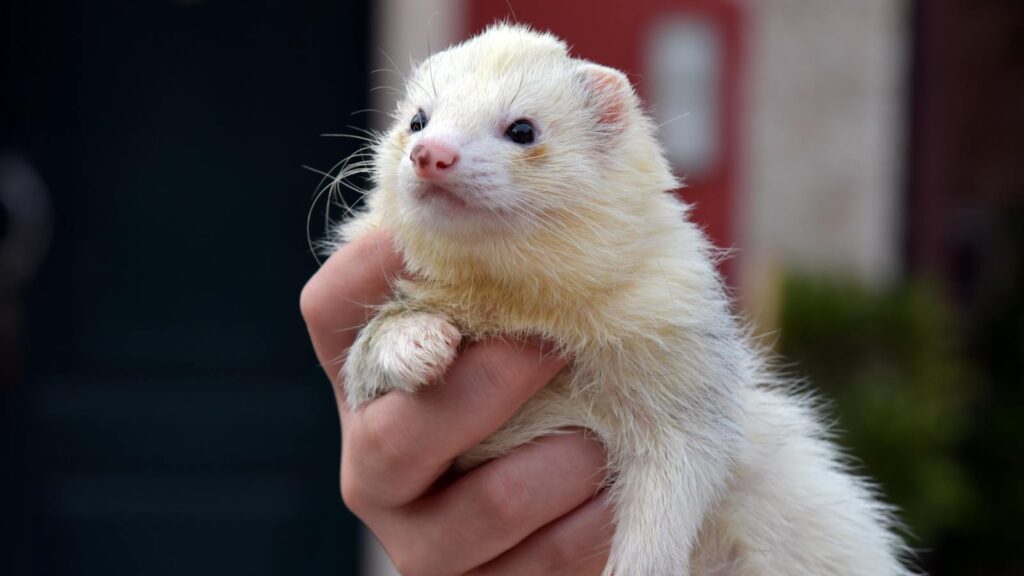
Connecting with other ferret owners provides valuable support, knowledge sharing, and potentially socialization opportunities for your pet. Local ferret clubs, online forums, and social media groups dedicated to ferret ownership offer platforms to exchange enrichment ideas, troubleshoot behavioral issues, and even arrange supervised playdates with other well-socialized ferrets. Veterinarians specializing in exotic pets can provide professional guidance on behavior and enrichment tailored to your specific ferret’s needs and health status. Animal behaviorists with experience in mustelids (the family including ferrets, otters, and weasels) can offer specialized advice for particularly challenging cases of stress or boredom. These community connections not only enhance your knowledge as an owner but also potentially expand your ferret’s social world and enrichment opportunities.
The journey to preventing boredom and stress in pet ferrets requires commitment, creativity, and consistency. By understanding their unique psychological and physical needs, you can create an environment that nourishes their curious nature and active lifestyle. Remember that enrichment isn’t just about toys or play—it’s a comprehensive approach to care that encompasses habitat design, social interaction, sensory stimulation, and routine. A well-enriched ferret displays natural behaviors, maintains physical health, and exhibits the joyful, playful demeanor that makes these animals such delightful companions. Through thoughtful attention to your ferret’s wellbeing, you’ll not only prevent problematic behaviors but also foster a deeper bond with your furry friend while ensuring they live their happiest, healthiest life possible.


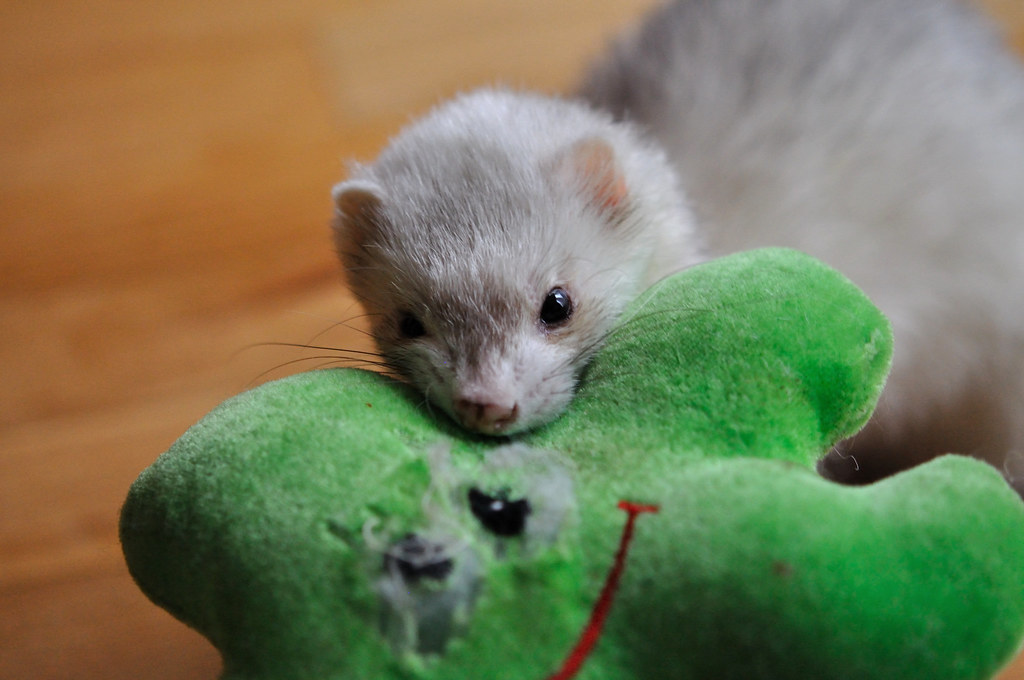
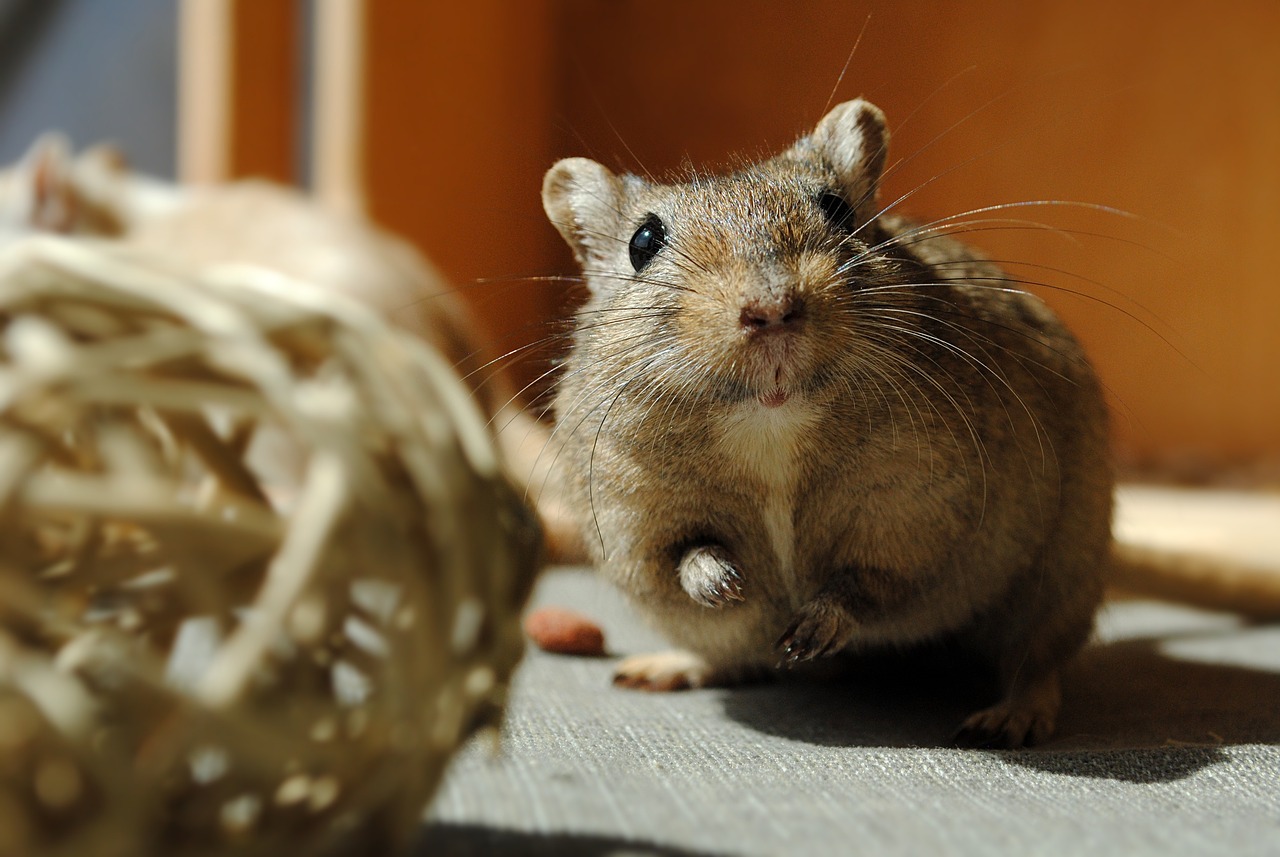

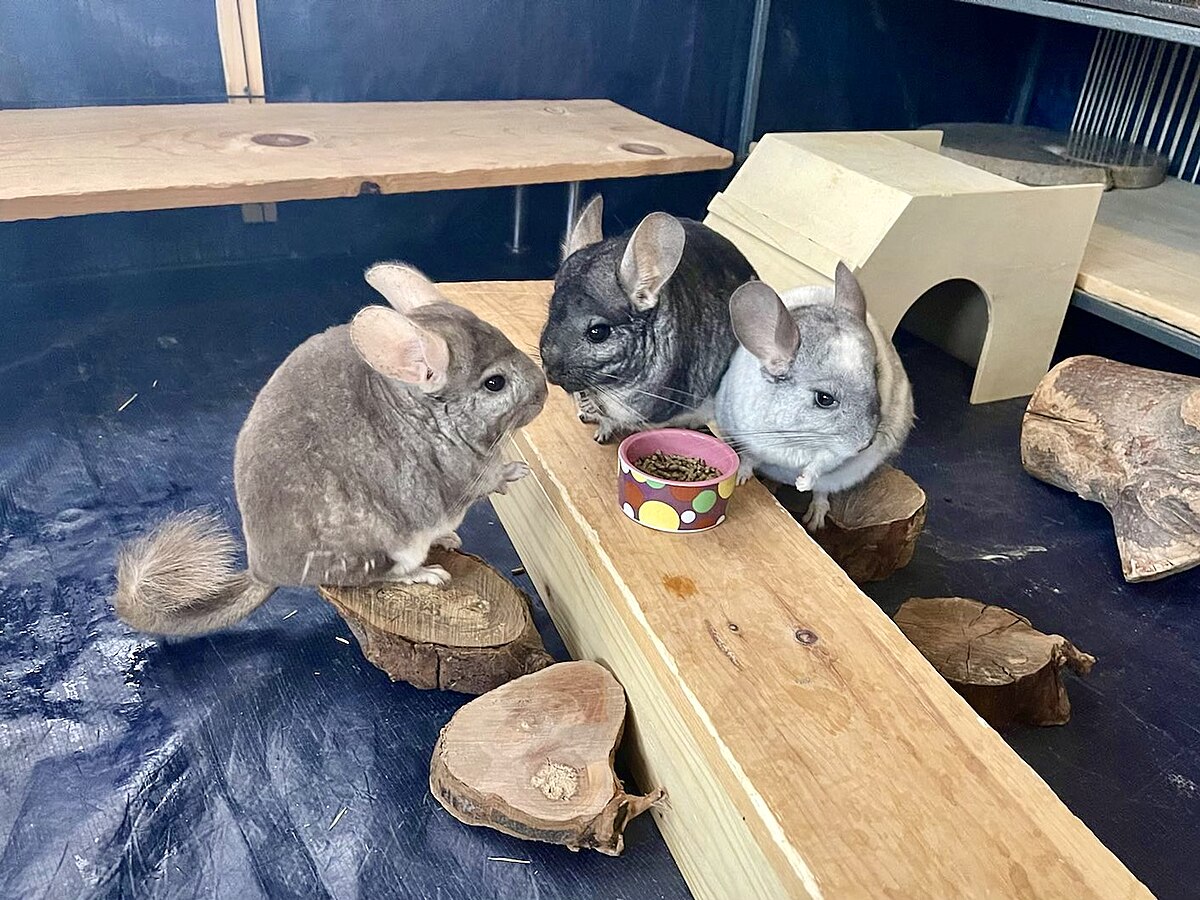
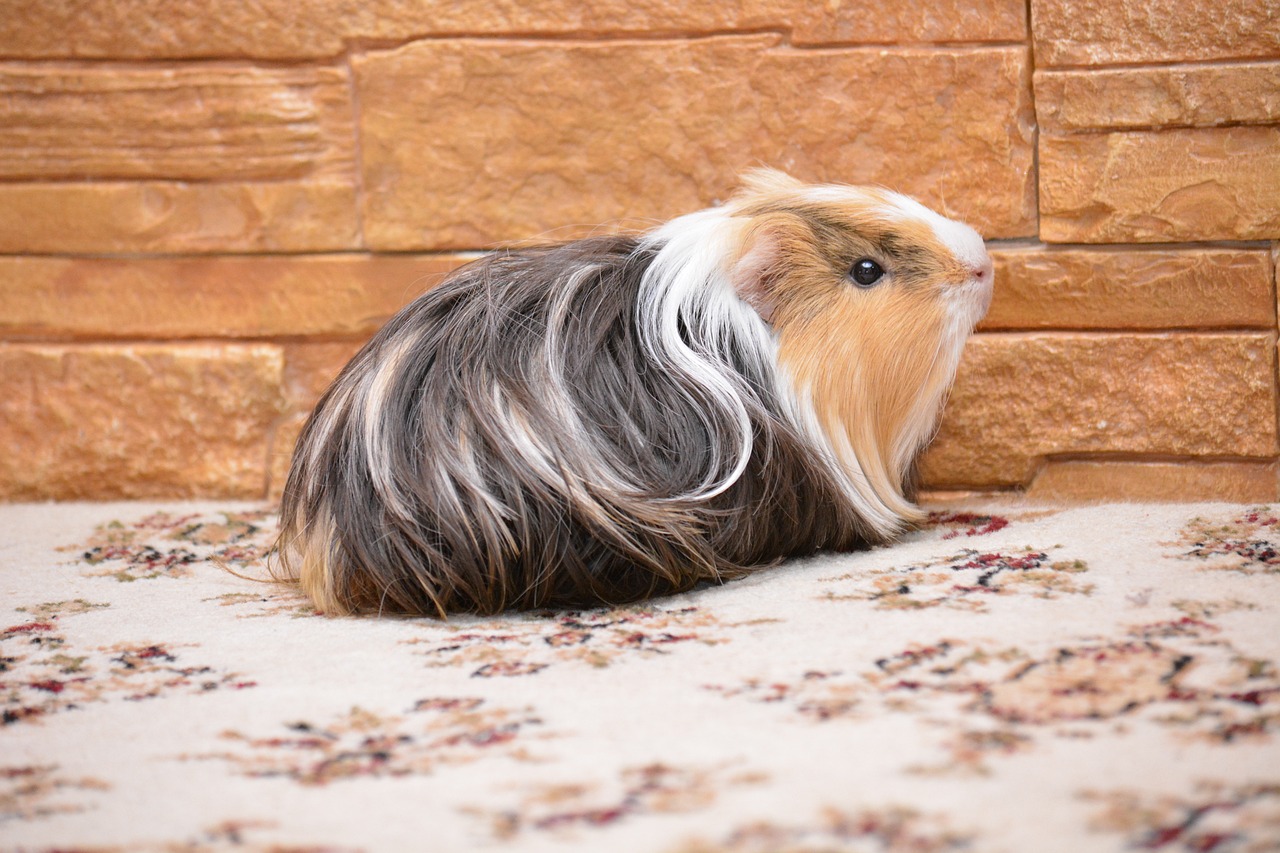
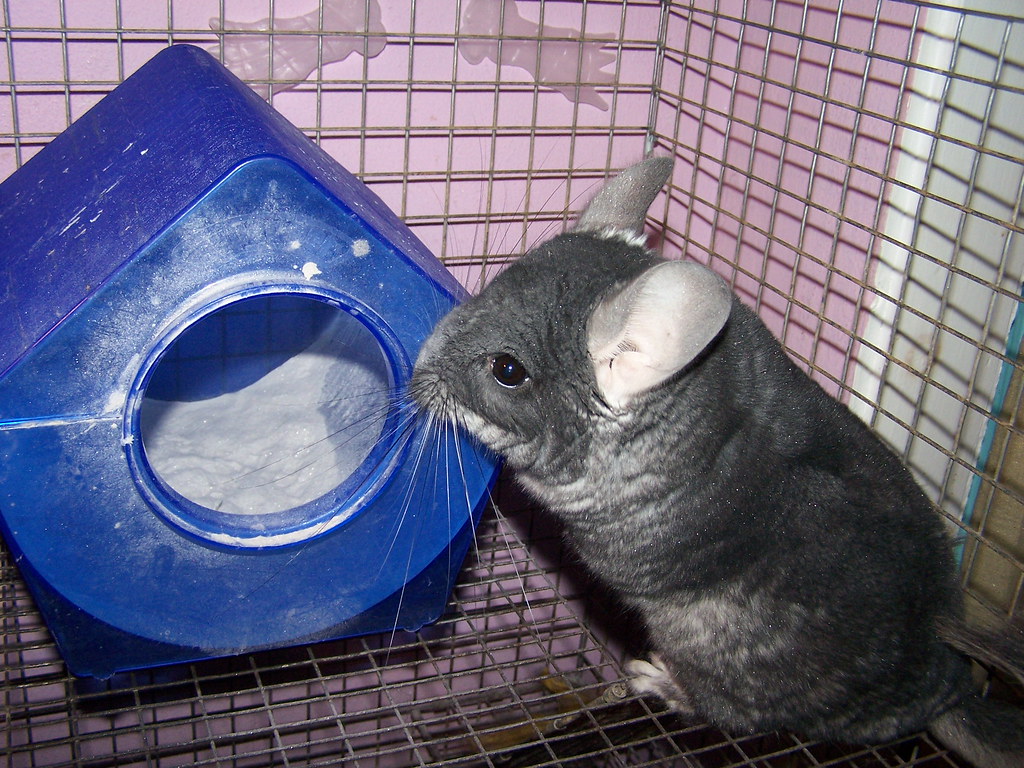


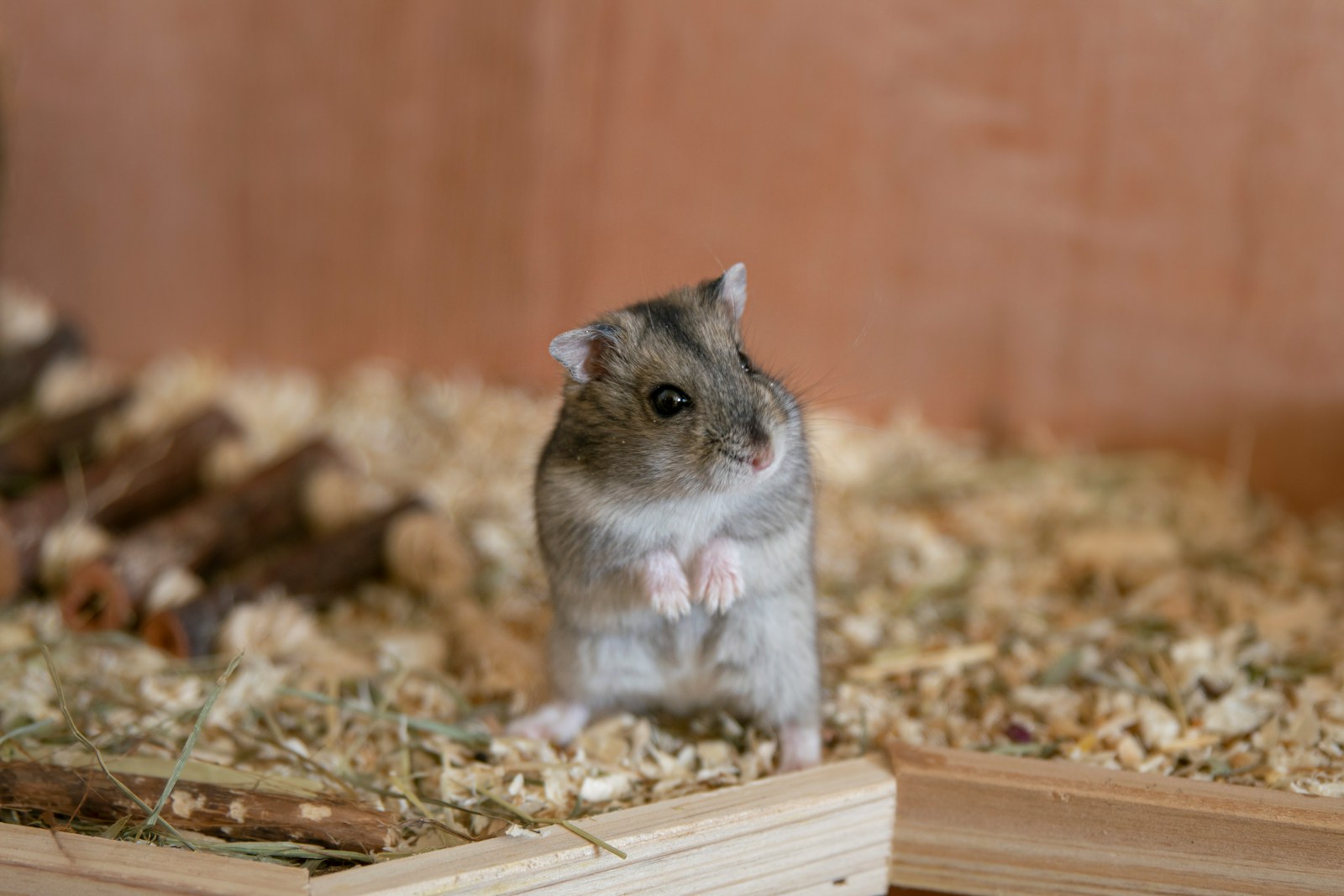
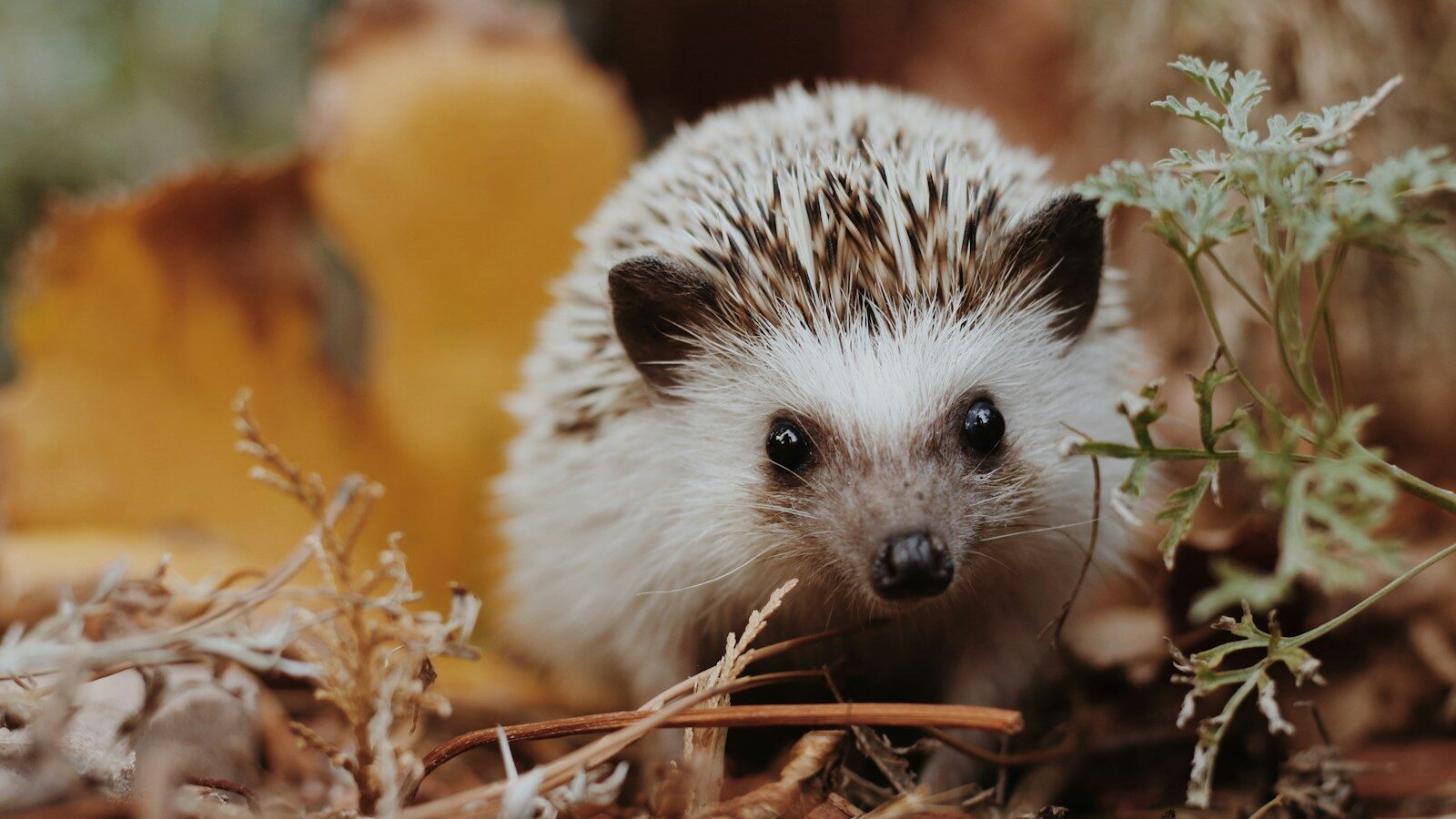




Leave a Reply